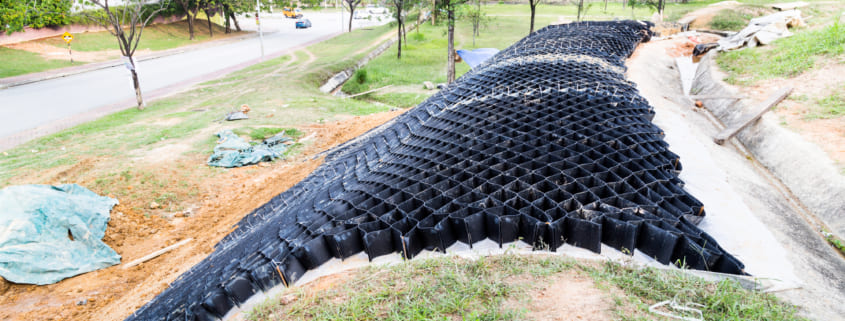Picture this—your garden, farm, or property slowly losing its lushness and vitality as the soil erodes away. Soil erosion is a silent problem that affects landowners worldwide. If left unchecked, it can lead to loss of fertile ground, increased flooding, and environmental damage. But don’t worry! This guide will walk you through the basics of soil erosion control and provide you with techniques to protect your land effectively. Whether you are a seasoned farmer or a budding gardener, these insights will help you preserve your soil’s health and prevent further damage.
What is Soil Erosion?
Understanding soil erosion is crucial before tackling it. Soil erosion occurs when natural forces like wind and water move soil particles from one place to another, often leaving the land barren and unproductive. It can happen gradually over time or swiftly during heavy rainstorms. Erosion doesn’t just impact soil quality; it affects water quality and biodiversity, too.
Why is Soil Erosion a Problem?
The implications of soil erosion go beyond losing topsoil. When fertile soil is washed away, crops struggle to grow, leading to reduced agricultural yields. Waterways can become clogged with sediment, affecting aquatic life and increasing the risk of flooding. Additionally, soil erosion can lead to the loss of natural habitats for plants and animals.
The Different Types of Soil Erosion
There are several types of soil erosion, each with unique challenges. Understanding these can help you apply the right solutions:
- Water Erosion: Often occurs due to rainfall and surface runoff, causing rills and gullies.
- Wind Erosion: Common in arid regions, where strong winds blow loose topsoil away.
- Gravity Erosion: Also known as landslides, this type occurs on steep slopes where soil is pulled downward by gravity.
Assessing Your Land’s Risk for Erosion
Before implementing erosion control strategies, it’s essential to assess your land’s susceptibility. Look for signs like visible roots, exposed subsoil, and changes in landscape contour. Understanding your land’s slope, soil type, and vegetation cover will help you tailor your approach for effective soil conservation.
Vegetative Solutions to Soil Erosion
One of the most natural ways to combat soil erosion is through vegetation. Plant roots help anchor the soil, reducing the movement of particles. Consider planting cover crops, grass, or native shrubs to stabilize the soil. If you’re in search of quality plants, a visit to a Salt Lake City plant nursery might offer you a great selection of erosion-resistant species.
Building Terraces for Sloped Areas
If your land includes hilly terrains, building terraces can be an effective solution. Terracing involves creating stepped levels on a slope, allowing water to seep into the ground rather than washing soil away. This method has been used for centuries in agriculture and can be adapted for gardens and landscapes.
Mulching as a Protective Layer
Mulching involves covering the soil’s surface with organic or inorganic materials like straw, wood chips, or gravel. This layer protects against rain impact, reduces surface runoff, and helps retain moisture. Mulching is particularly beneficial in gardens and around newly planted trees and shrubs.
Installing Erosion Control Blankets
Erosion control blankets are made from biodegradable materials and are laid over vulnerable soil areas. They provide immediate soil protection and help establish vegetation by retaining moisture and preventing washouts. These are especially useful on steep banks and newly disturbed land.
Building Retaining Walls
For areas prone to gravity erosion, building retaining walls can provide stability. Made from stone, brick, or wood, these structures hold back soil and prevent landslides. Retaining walls can also enhance your landscape’s aesthetic appeal.
Utilizing Contour Plowing
Contour plowing is an agricultural technique that involves plowing along the contours of the land rather than up and down slopes. This method helps reduce runoff by allowing water to infiltrate the soil. While it’s primarily used in farming, it can also benefit larger garden areas.
The Role of Geotextiles in Erosion Control
Geotextiles are permeable fabrics used to reinforce soil. They prevent erosion by separating, filtering, and stabilizing the soil. Geotextiles are often used in construction, landscaping, and road building to strengthen the soil and support vegetation growth.
Conclusion
Protecting your land from soil erosion is not just about maintaining aesthetics; it’s about preserving the environment and ensuring the longevity of your property. By understanding the causes of erosion and implementing these techniques, you can make a significant impact on your property’s health. If you’re looking for professional advice or further resources, consider reaching out to local agricultural extension services or environmental organizations.






